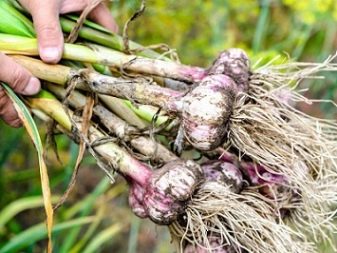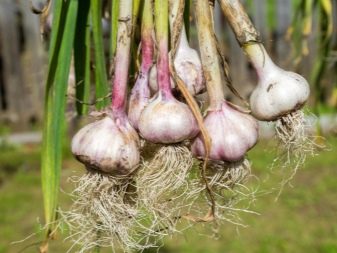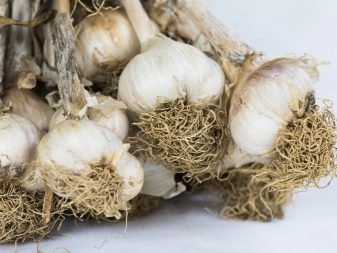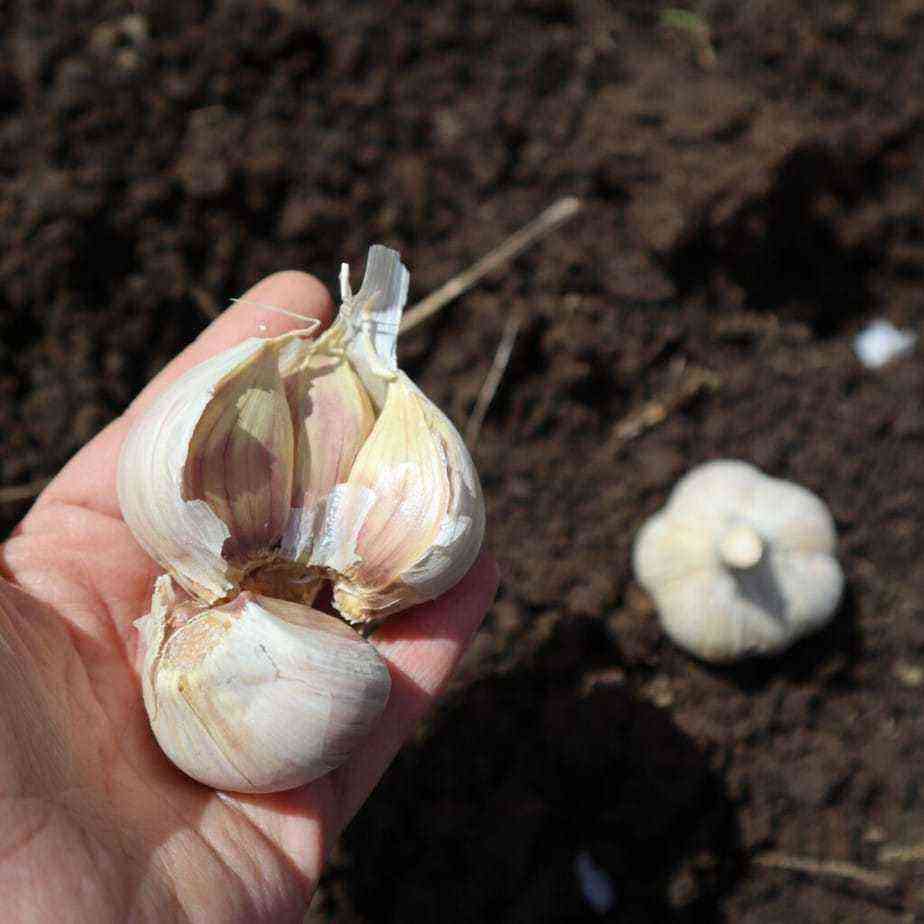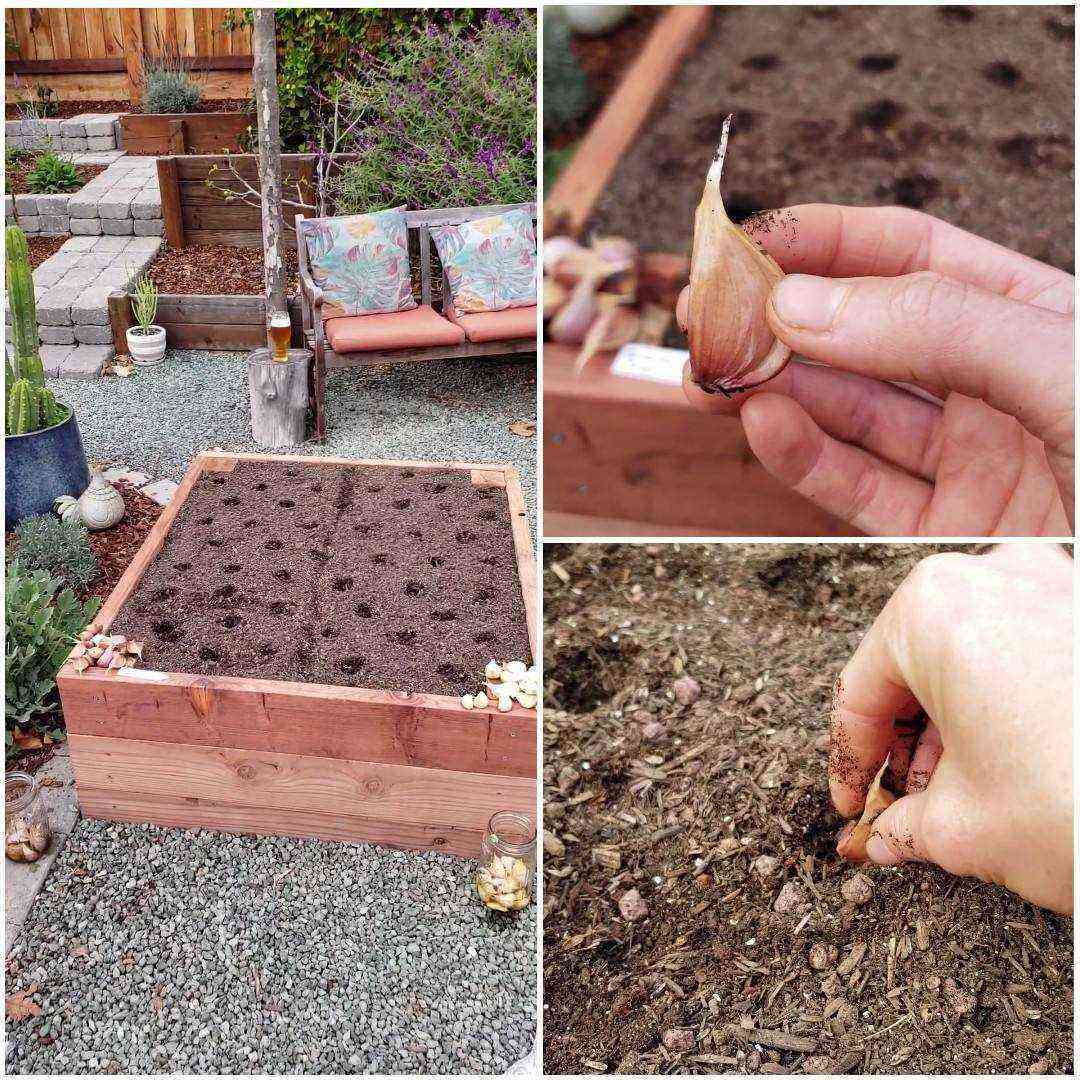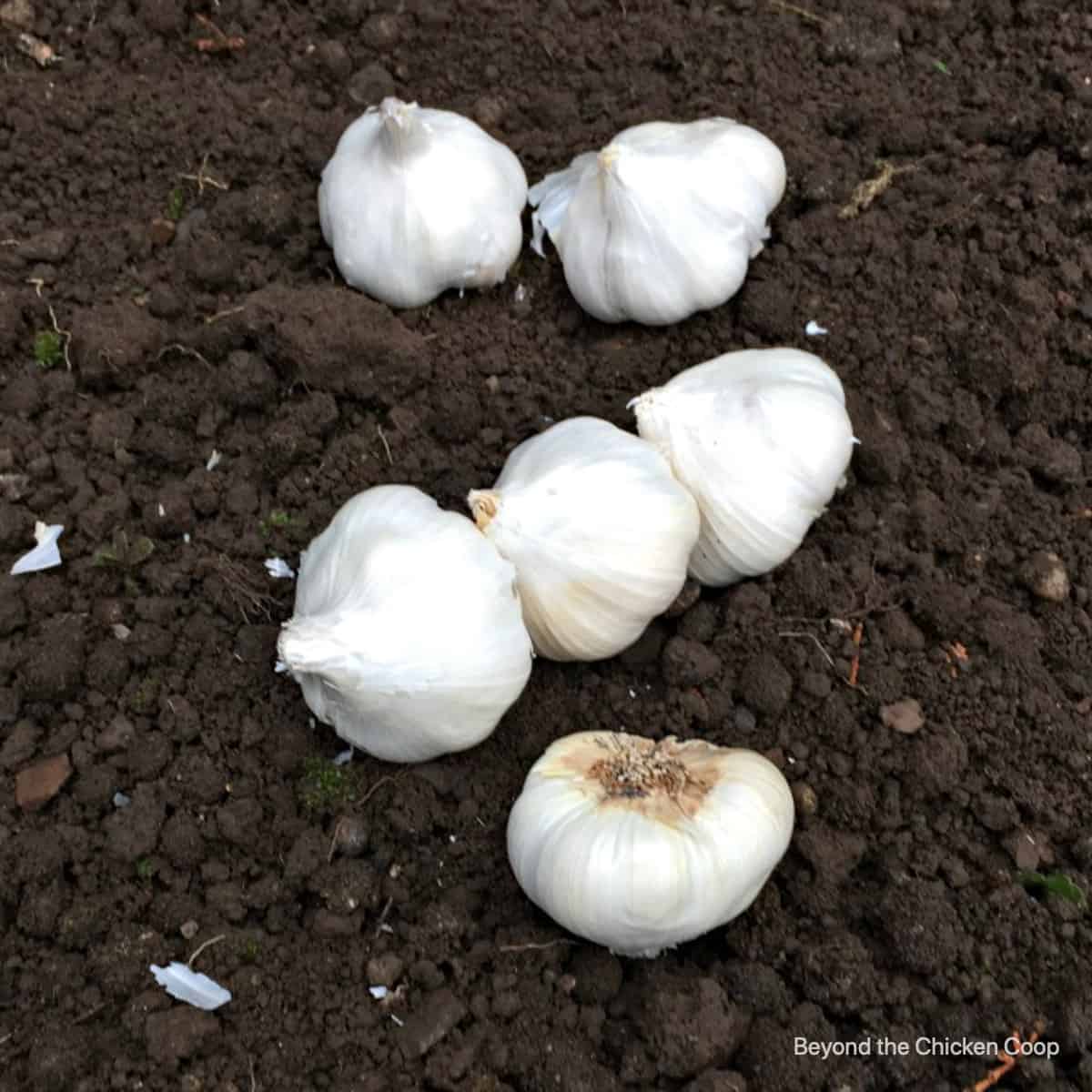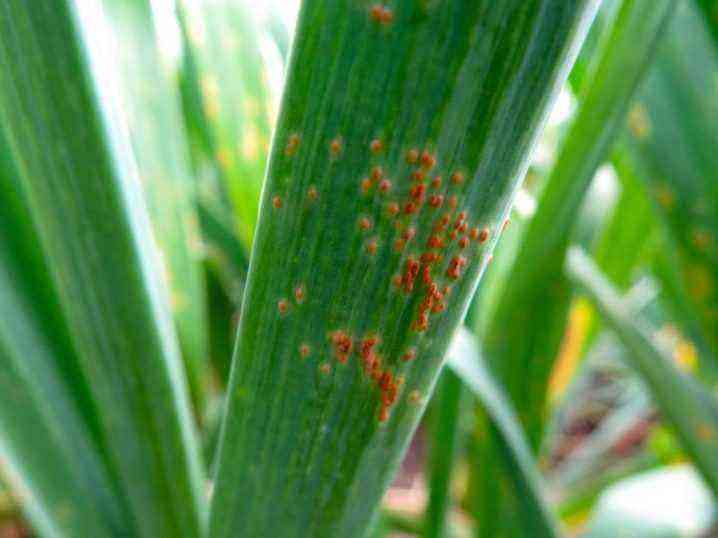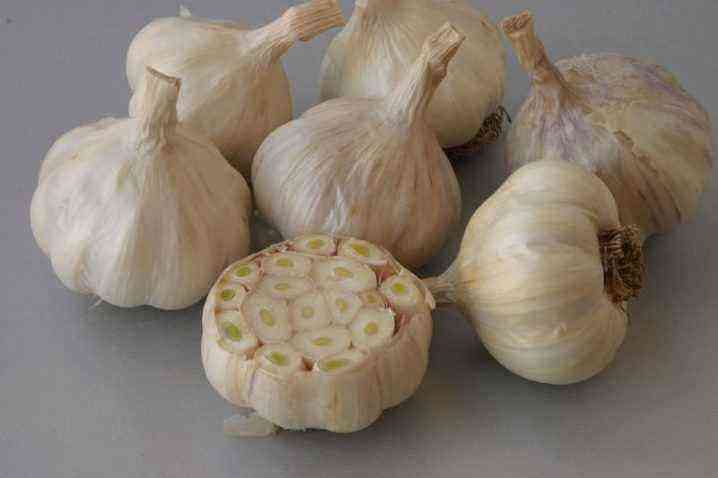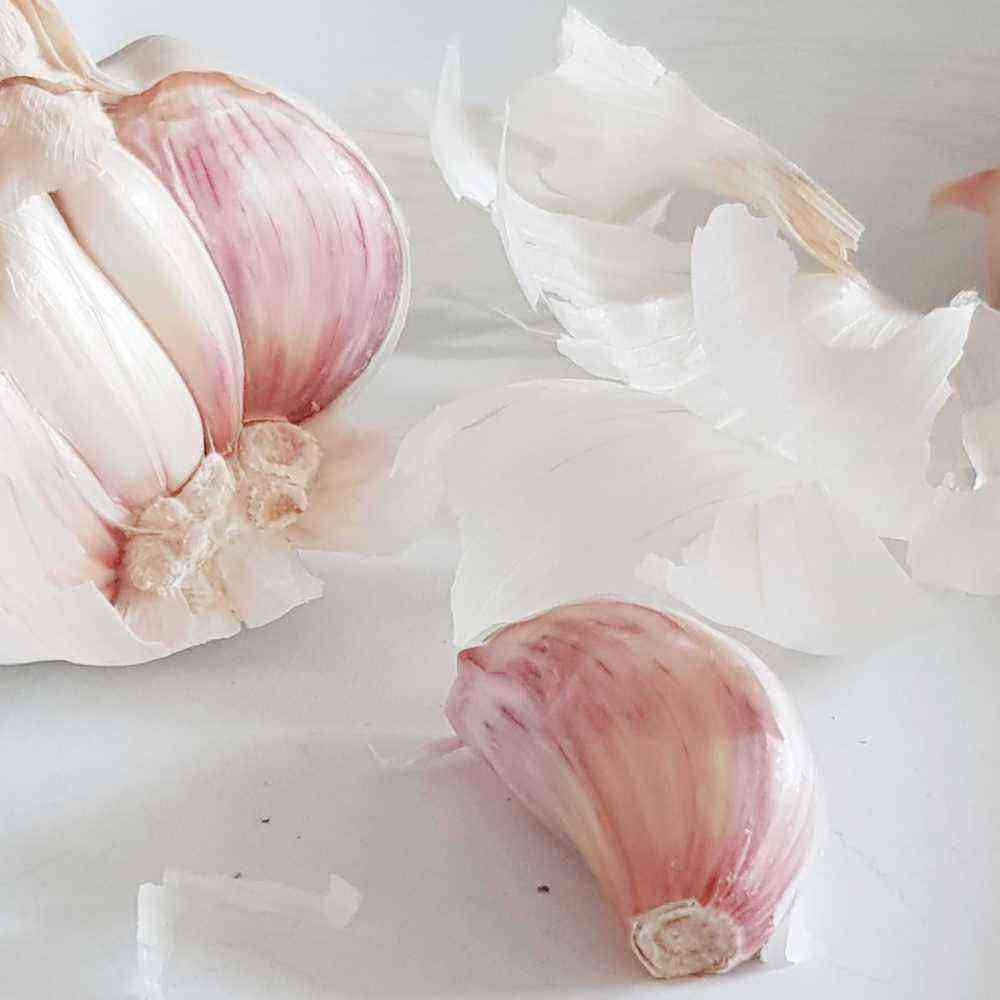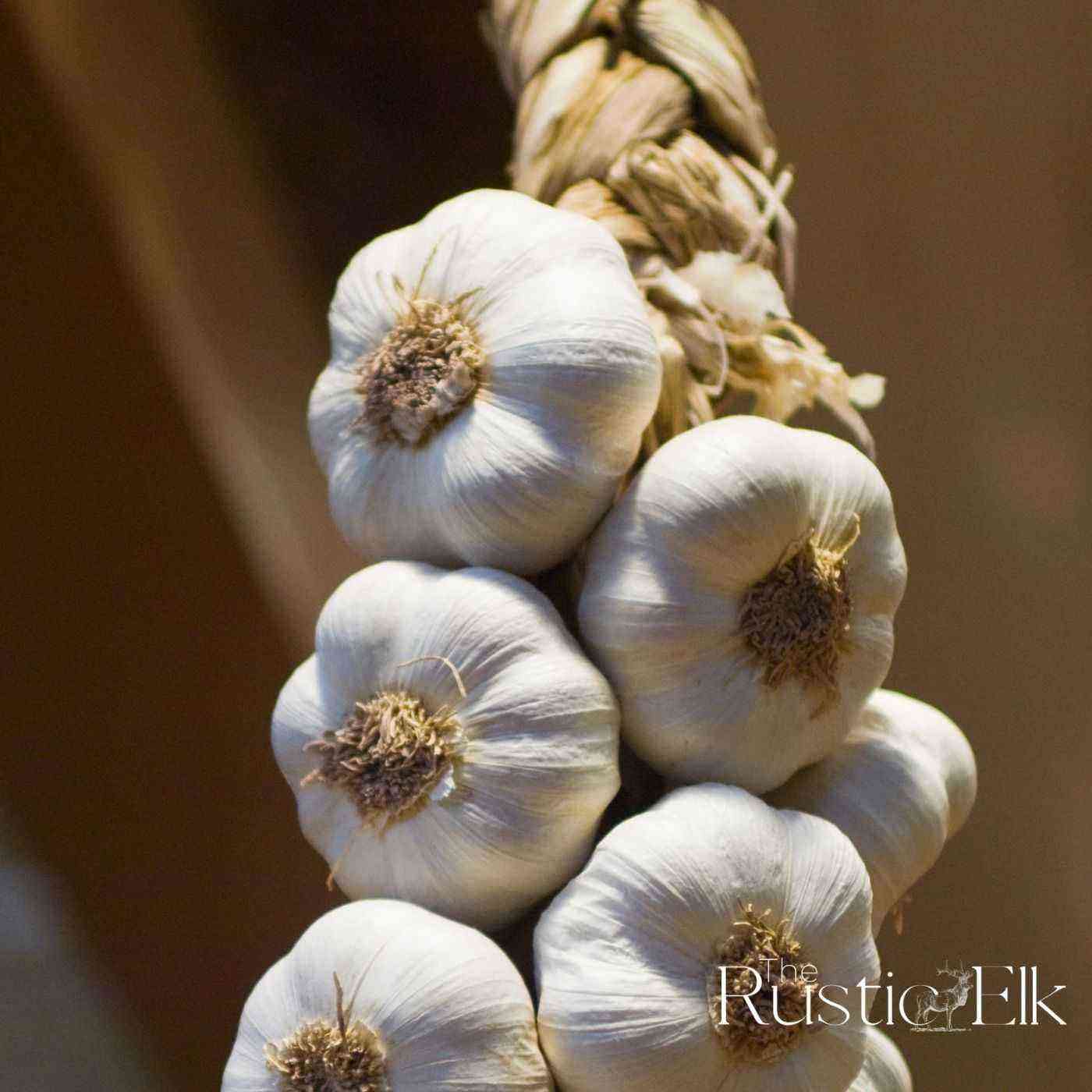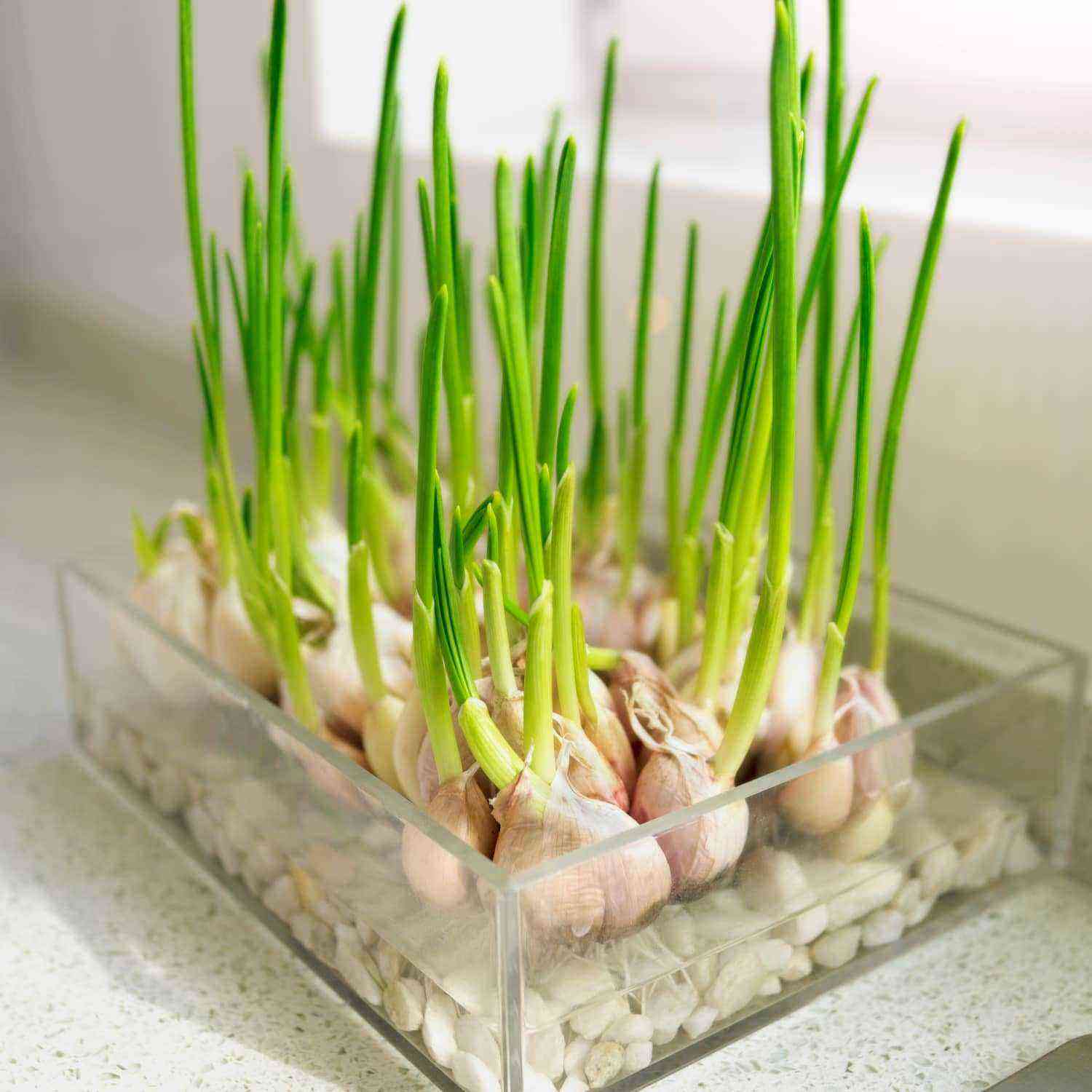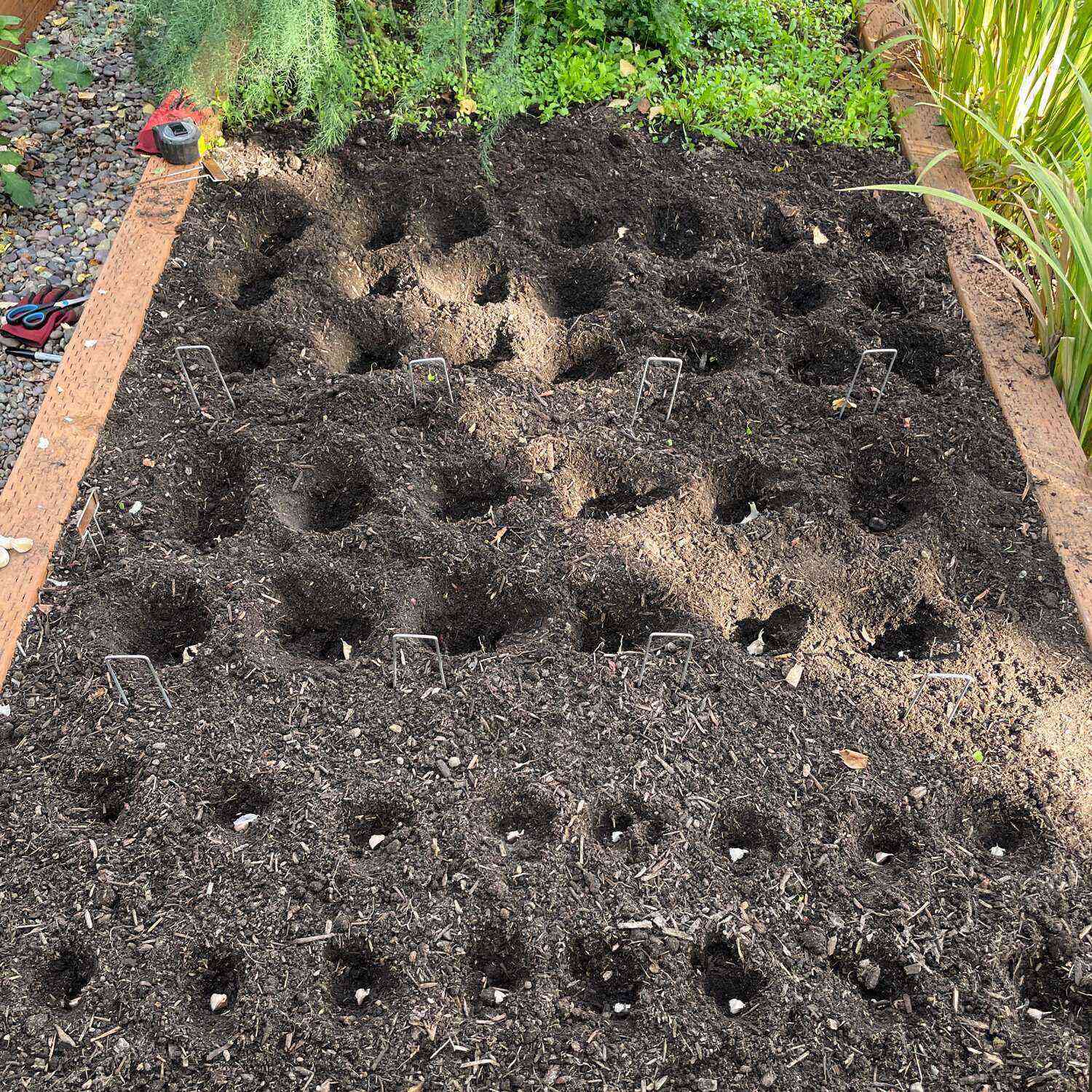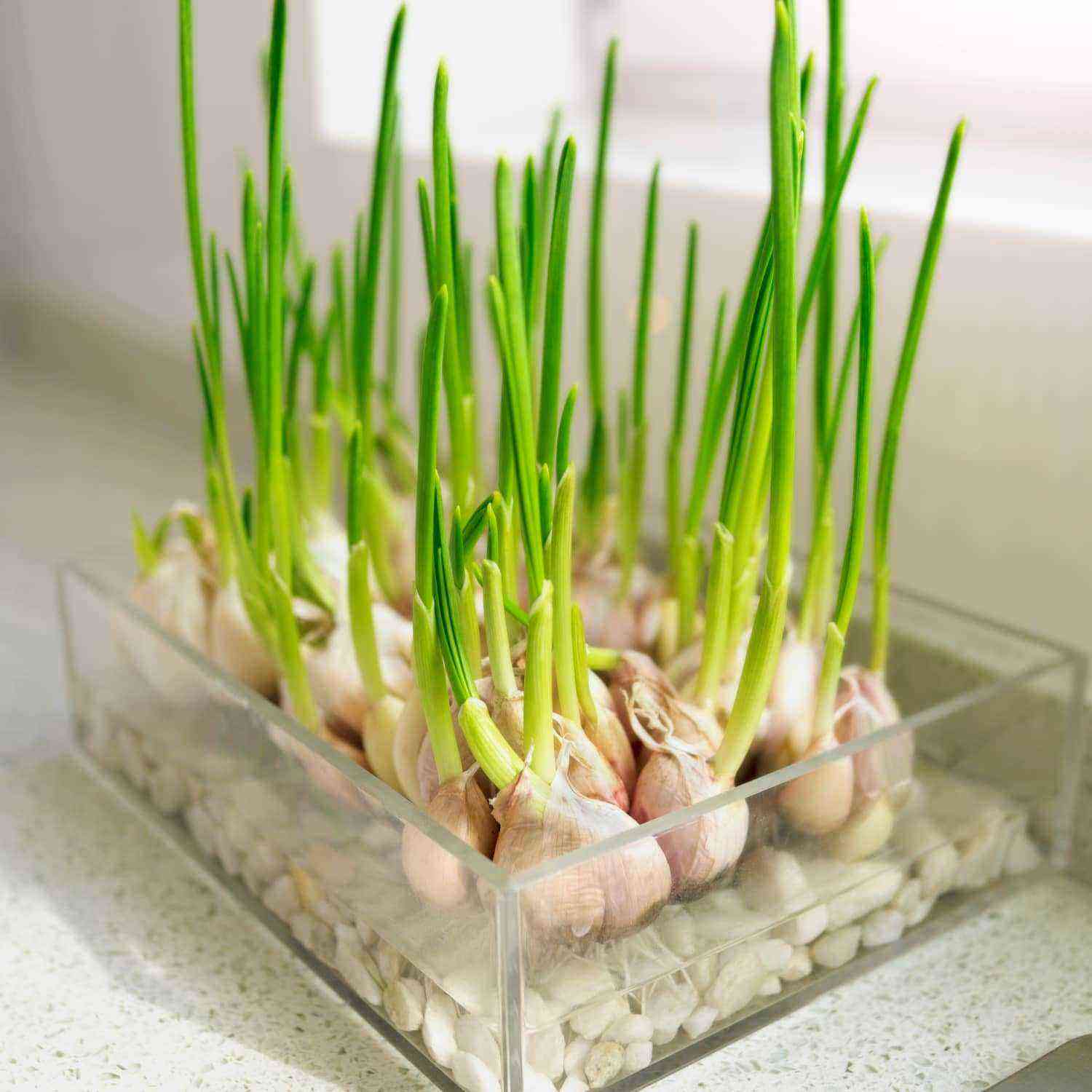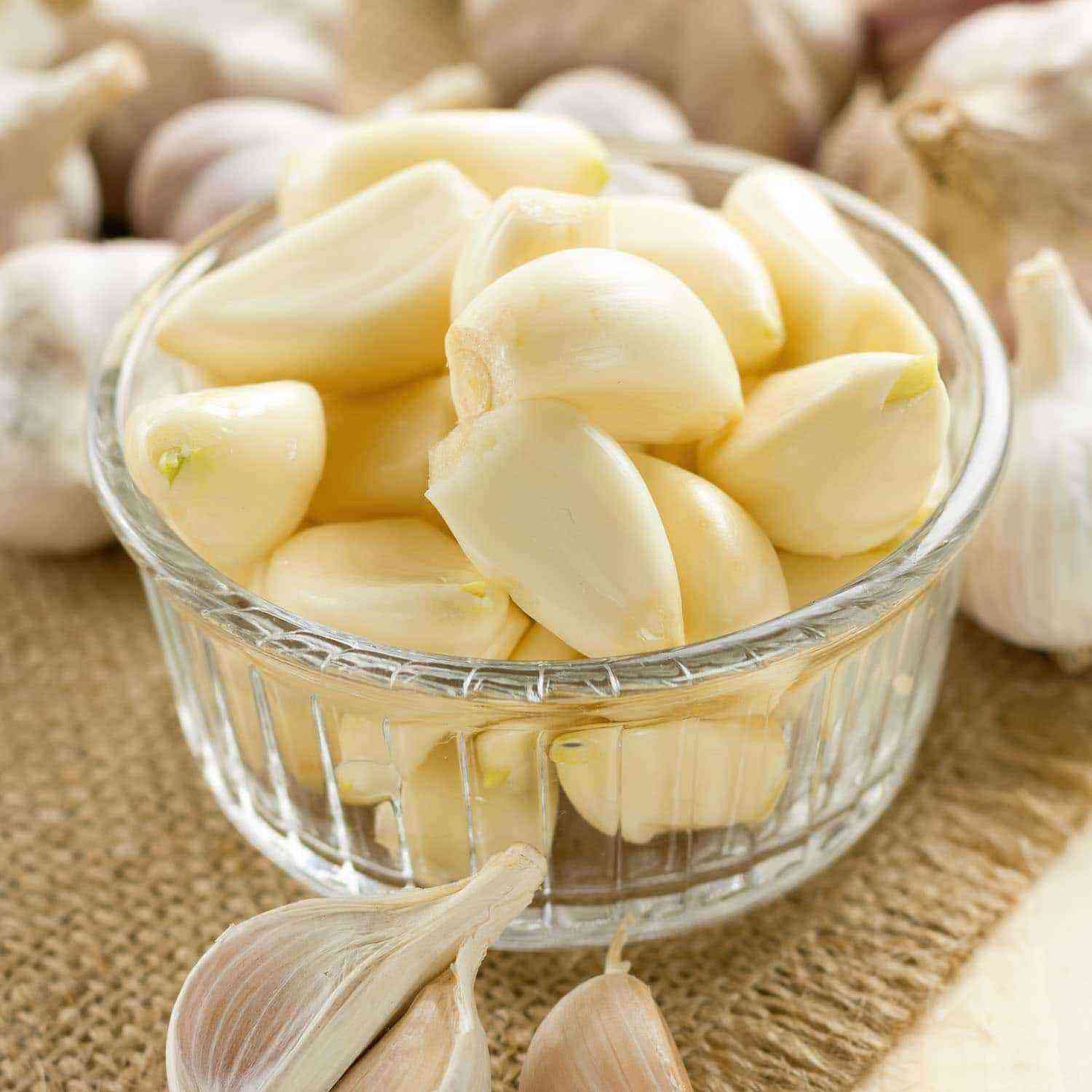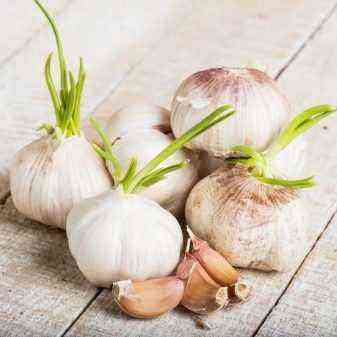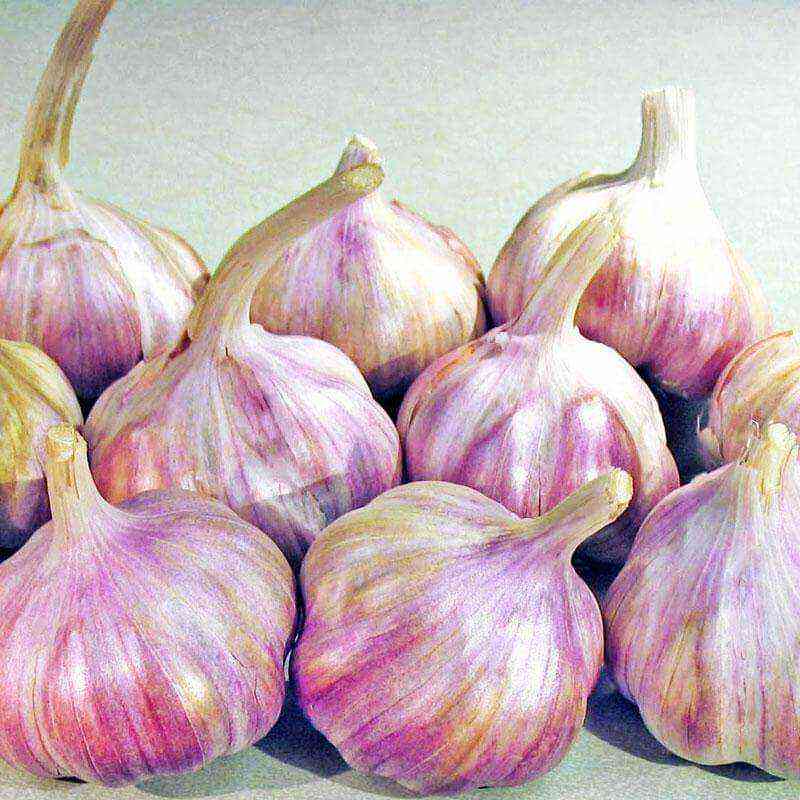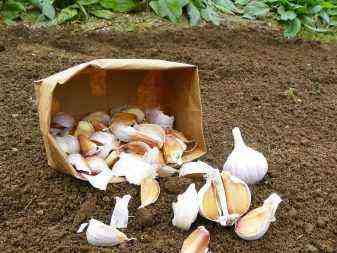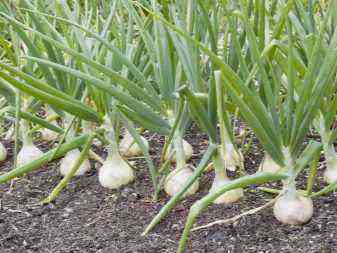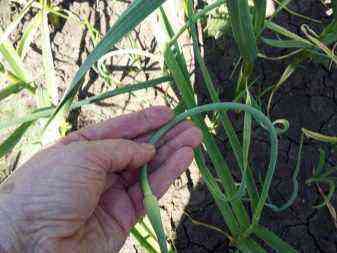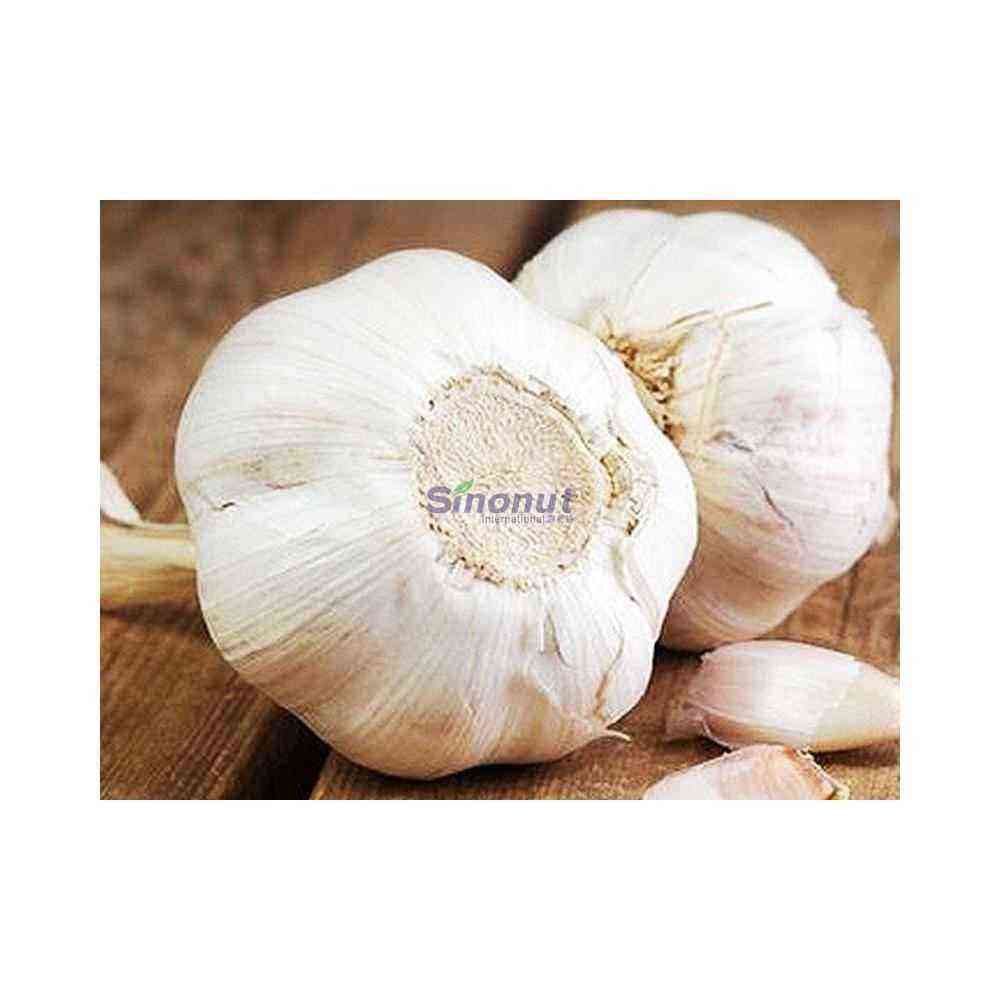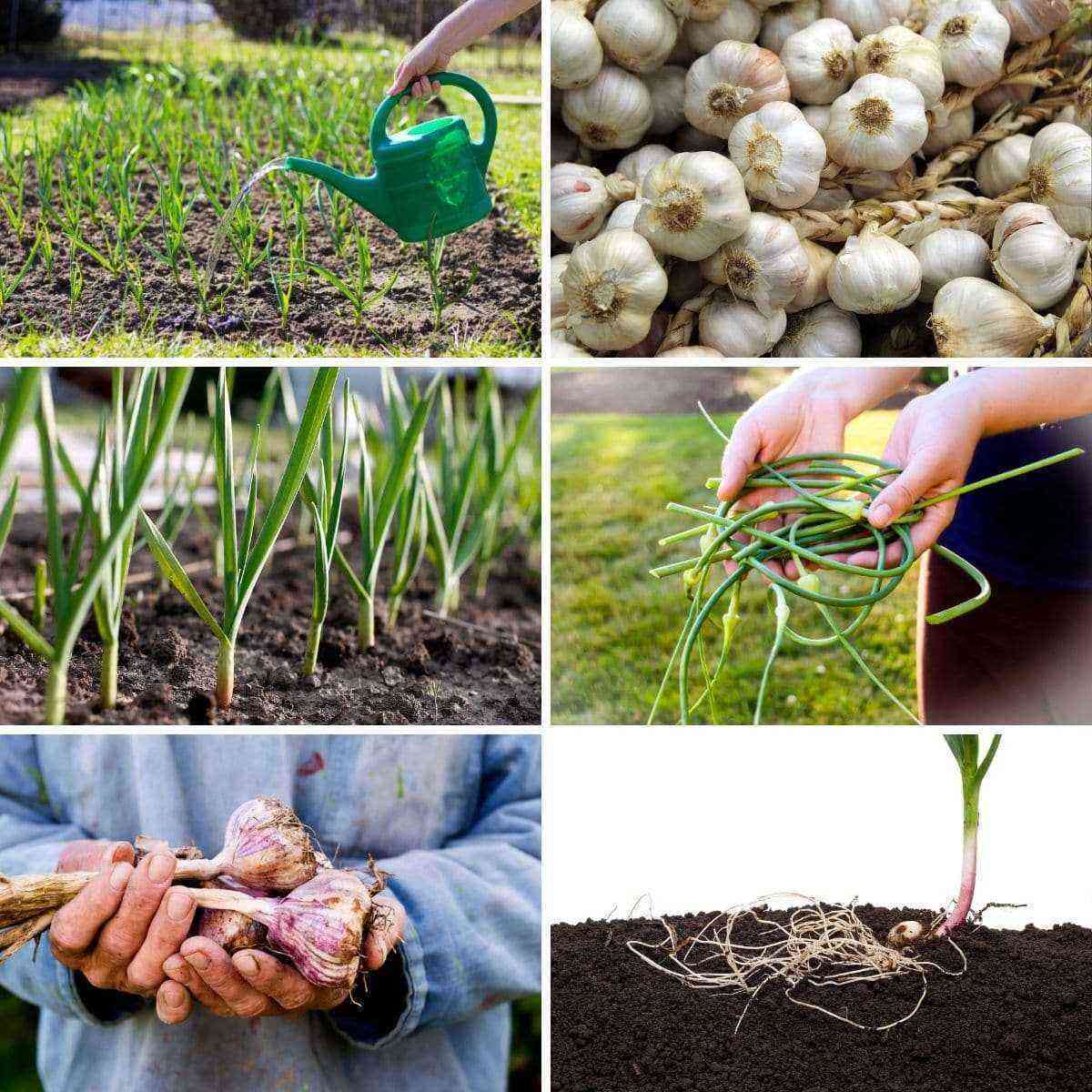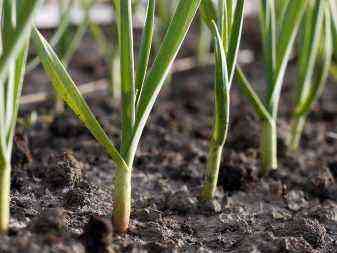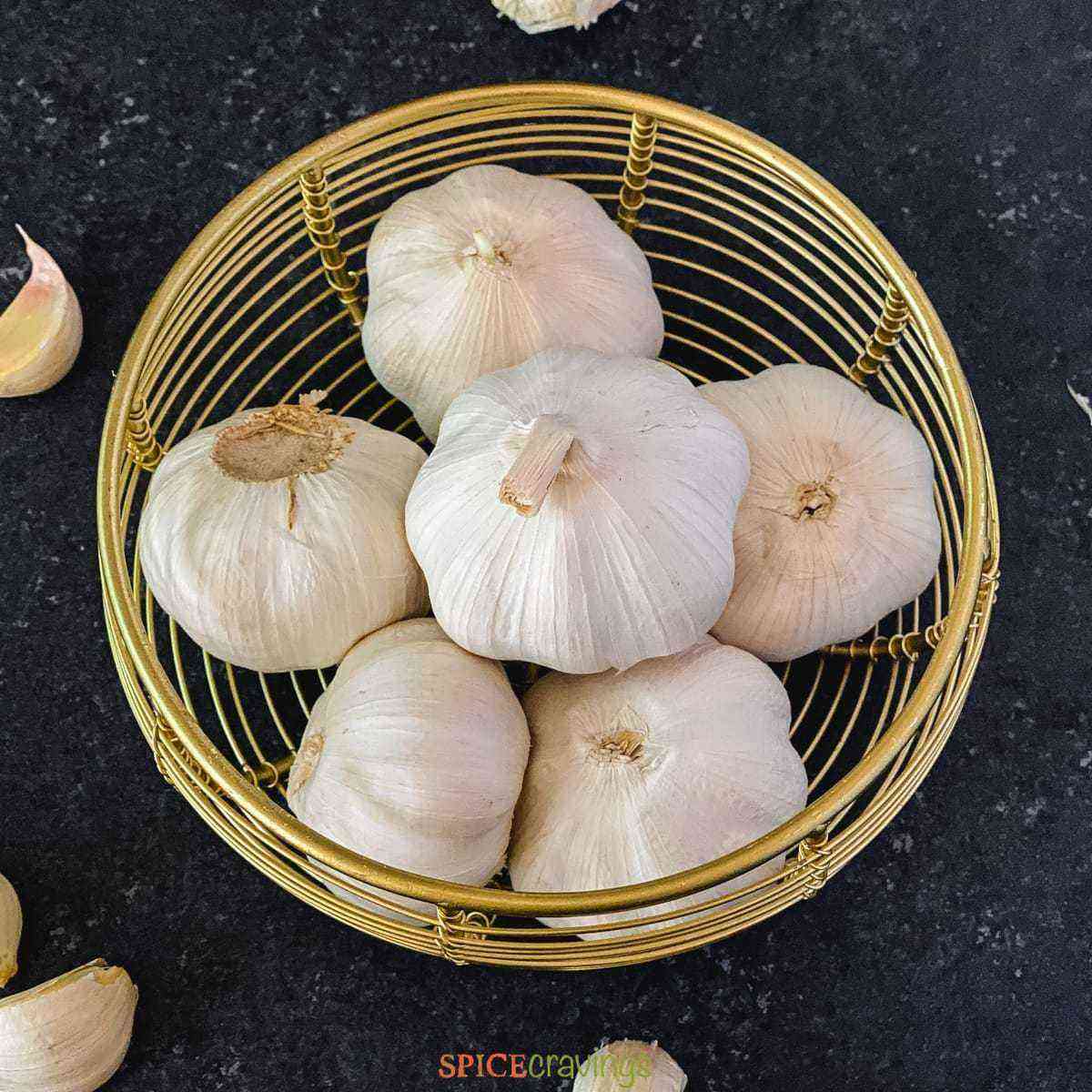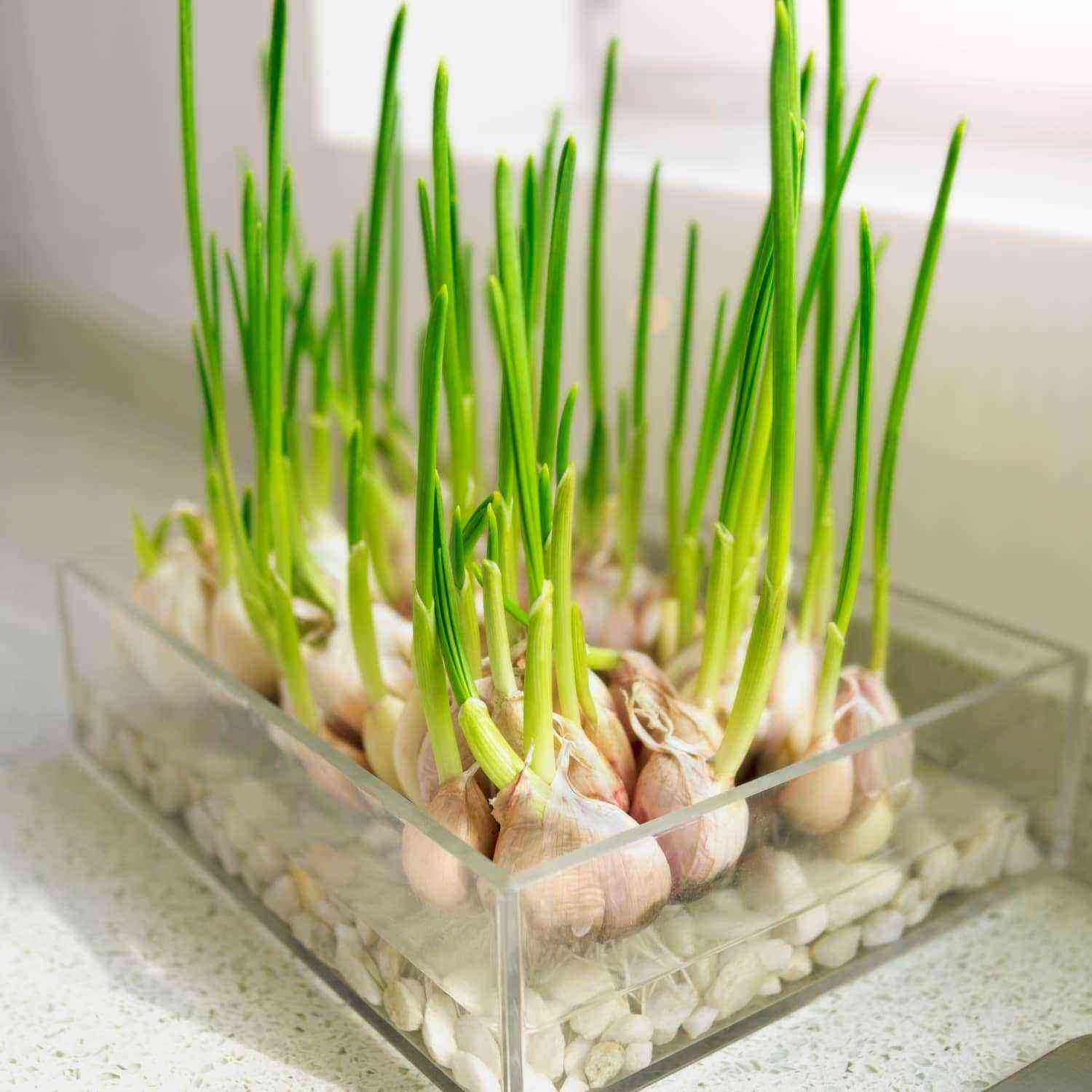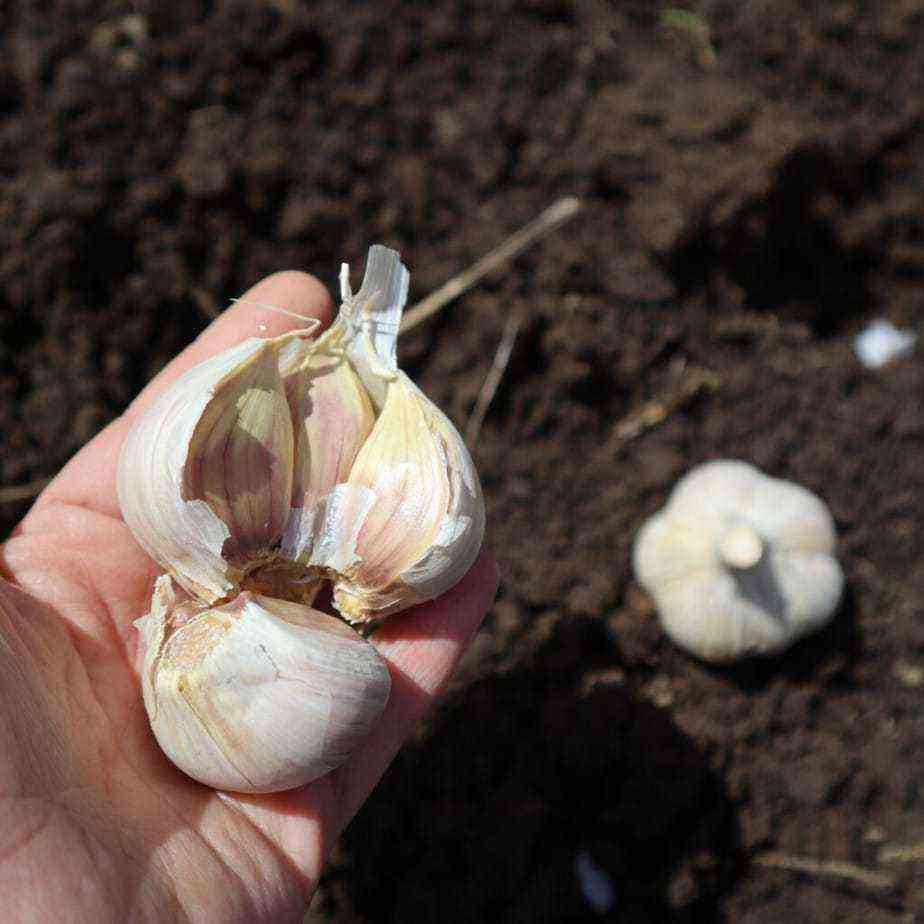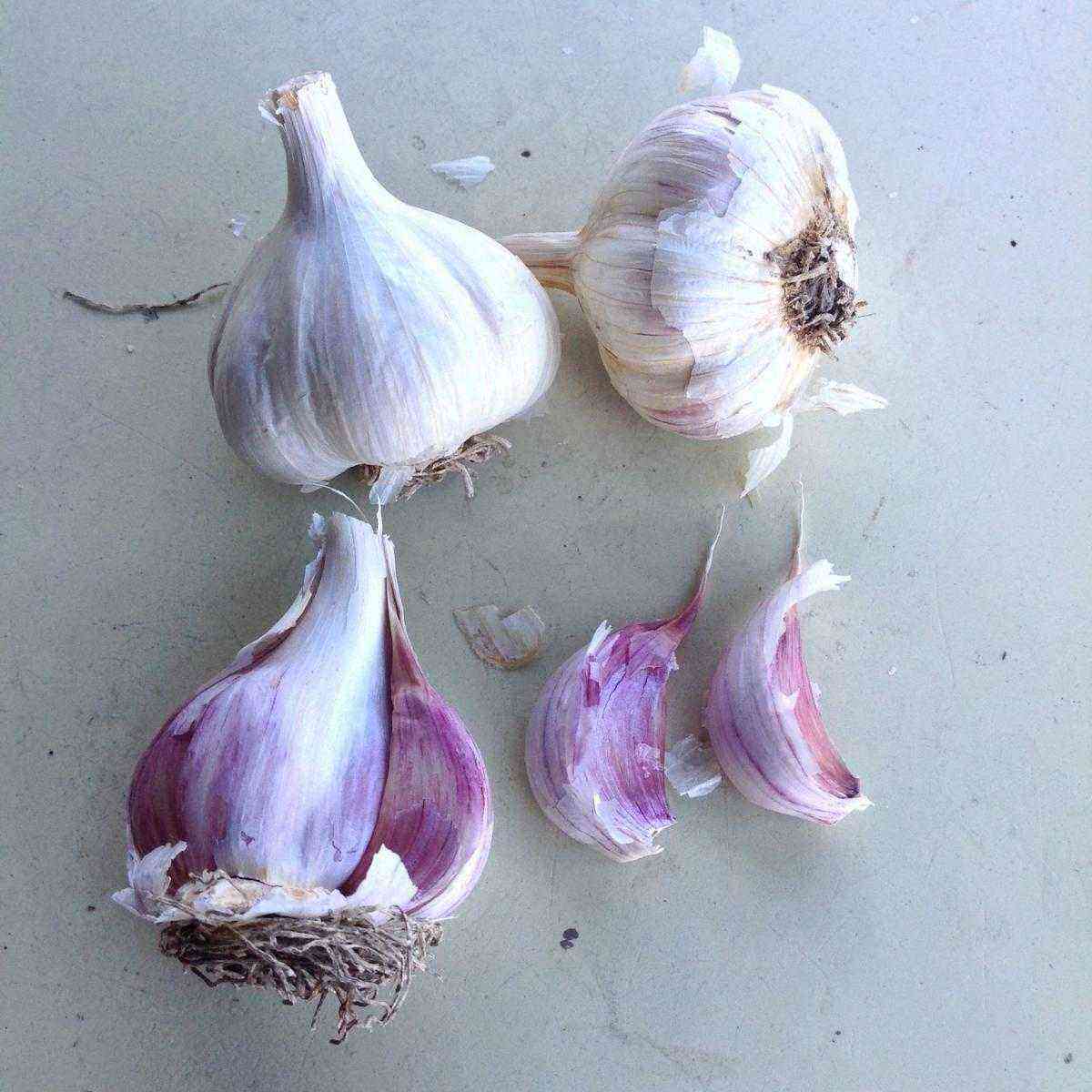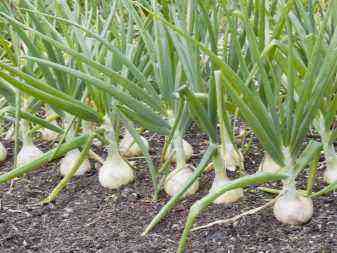Garlic is one of the most popular crops that many people grow in their summer cottages. Ripe plantings must be harvested in accordance with certain rules. In today’s article, we will learn when and how exactly garlic is required to be harvested.
signs of maturation
Before proceeding to the direct assembly of a culture, it is very important to recognize in it all the necessary signs of maturation. Garlic is usually removed from the last days of July to the first days of August, if we are talking about winter plant varieties. Before direct harvesting, the gardener must make sure that the crop is 100% ready for digging and further storage.
Only under this simple condition can we expect that garlic will have an excellent taste and demonstrate normal keeping quality.
It is especially important not to overlook the stage of crop ripening if it is grown in large volumes for subsequent sale. To accurately understand that the culture is fully ripe and can be harvested, you need to look at its visual characteristics.
- It is necessary to pay attention to the available air-type bags, as well as garlic inflorescences. On the arrows stretching upwards, the characteristic outer shells of the inflorescences begin to burst. Seeds also become noticeable (their other name is bulbs).
- It is important to monitor the condition of the leaves of plants. The lower shoots of the planting usually look drier and more yellow. The upper shoots also turn noticeably yellow. If the lion’s share of the foliage has just such an appearance, then this means that the plant has stopped the process of photosynthesis, and with it growth. So, you can harvest a healthy crop. The moment when the leaf blades withered and lay on the ground will signal that the summer resident is already late with the cleaning.
- It is necessary to keep the condition of the bulbs under control. It is worth pulling out literally a couple of garlic heads for testing. Also, sometimes plants are dug by about half (it is advisable to do this on different sides of the garden). Normal ripened positions should be characterized by a sufficient level of density, easily detached from each other, covered with special layers of a scaly type (these layers should be collected without problems). The scales in this case are usually demonstrated by a characteristic purple hue. The cloves of a variety that has not yet fully ripened will be soft, and in the case of an overripe state, cracked.
Very often situations arise in which summer residents begin to cut arrow plantings during their growth. Because of this, the possibility of tracking the maturation of the culture by the state of its rods is lost. More experienced gardeners advise not to cut at least a small number of rods, so that later on they can reveal the level of ripening of the entire crop as a whole.
In addition, bulbs can be further used as seedling material – each of them is able to sprout.
Timing for spring garlic
The timing when you can harvest spring garlic directly depends on the region in which it is grown. Often the beginning of this procedure falls on the first days of August, and may end with the arrival of the autumn season.
- On the territory of the Moscow region harvesting dates for early garlic fall in the second half of August. Late varieties can be harvested in the fall, namely: from the 20th of September.
- In the Volga and Chernozem regions the culture in question can be collected from the 20th of August until September 15th.
- In the Caucasian regions early varieties may be harvested in the first 10 days of August, and late varieties – from August 15 until the last days of September.
- In Siberia and the Far East you can harvest garlic starting from August 15 and the flesh until the 20th of September.
When to harvest winter varieties?
There are many popular varieties of winter garlic. Most of them ripen in different periods. So, early varieties are ready for harvest already 3 months after the first shoots, but there are also late varieties that are ready in a little less than 4 months. In addition, the stages when it is possible to engage in harvesting largely depend on the region.
Subject to region
Find out when you need to harvest garlic, based on the region in which it is planted.
- In the Crimea and the Caucasus region, the collection can be carried out from the 5th to the 10th.
- In the central part (Volga region, Chernozem region), the period from the 10th day is acceptable.
- In the Moscow region – from the 12th and flesh until the first days of August.
- In Siberia and the Far East, the most optimal time for harvesting is the first days of August.
- In the conditions of the northern regions, it is recommended to remove the vegetable in early August.
Lunar calendar
Often, gardeners are harvesting garlic crops, starting from the lunar calendar. It is generally accepted that the procedure of digging up garlic heads on certain days can extend the period of their further preservation. Based on the movements of the Moon, it is possible to implement all the necessary operations: hilling, cutting arrows, loosening, and so on.
If we start from the lunar calendar, then it will be necessary to start harvesting against the backdrop of a waning moon. As soon as the culture is technically fully mature, you can proceed to digging it out at almost any convenient time. The only exceptions are the periods with which the new moon or full moon coincide.
How to properly dig and prepare for storage?
Ripe garlic must be dug out from the site in accordance with all the rules. Mistakes in such procedures should not be made so as not to cause serious harm to the crop. The scheme for competent harvesting of both winter and summer varieties of vegetables is the same. Harvesting should be done exclusively against the backdrop of clear and dry weather. It is advisable to choose the optimal time, namely: early morning or late afternoon, when the exhausting summer heat is no longer standing.
The procedure for digging up a healthy garlic crop on the site consists of the following important steps, which should not be neglected in any case.
- Garlic heads must be dug up using a shovel. You can also use a pitchfork or special garden tools – garden forks. The heads must be carefully and carefully removed from the soil layer. You need to act gradually, without undue haste. Otherwise, there is a high risk of damage to the roots. The latter are usually characterized by increased fragility, so they must be treated in a special way.
- From vulnerable garlic roots, it is necessary to very carefully clean off adhering soil residues. It is impossible to beat off or sharply brush off the ground from these parts, because the cloves can be damaged because of this. Damaged teeth can quickly begin to rot.
- If, in the course of digging out the garlic, some heads are nevertheless damaged, they are recommended to be used immediately for food. For long-term storage, such vegetables are completely unsuitable. All rotten or moldy specimens should be thrown away immediately.
Once the vegetables in question have been dug up from the beds they grew in, their cloves will need to be dried. In this case, the removal of plant roots is not necessary. Leaf blades are also left in place. It is necessary to dry garlic cloves for a week or a little longer (8-10 days).
Some gardeners leave the harvested crop directly on the beds, but such methods can only be used in case of dry weather conditions. It is very important to take into account that dew usually occurs at night. She can wet the collected materials.
During the period while the harvested garlic is drying, all important nutrients from the upper zones gradually move to the bulbs.
Basically, the removed garlic is dried in a room that is reliably protected from rain. For this, a summer veranda, shed, barn or even an attic is suitable. In a suitable selected area, it is imperative to organize good and high-quality ventilation. At the same time, the bulbs themselves need to be laid out on a pre-prepared wooden table, or on a newspaper laid on the floor. After 1-2 weeks, garlic cloves that have had time to rest a little must undergo a procedure for trimming roots, tops and foliage. All necessary actions should be carried out using a special secateurs. Thanks to the use of such a tool, it will be possible to avoid the risk of damage to the bulbs.
If the storage of garlic was carried out in a warm room, for example, in an apartment environment, then incorrectly cut teeth may well demonstrate further germination. Cutting rhizomes, which is mandatory for preparing vegetables in the mat, must be carried out according to the correct scheme.
- If the garlic is planned to be sent for sale, then on the bottom of the vegetables you will need to leave the smallest beard from 1 to 3 mm. You can also cut off the roots entirely, leaving a small notch after that.
- In all other cases, it is allowed to cut the roots, leaving after that from 3 to 5 mm in length. In this form, the vegetable is stored especially well.
- If it was originally planned to put some part of the crop into subsequent planting, then root sizes from 5 to 10 mm are acceptable.
To protect garlic cloves from sprouting, you can use another costly method. In accordance with it, the roots are sealed together with the bottom with hot wax. For the subsequent landing, such specimens, of course, will no longer be suitable, however, they are highly rigid, so they can easily overwinter even in not the best conditions.
Should the arrows be removed?
Before sending vegetables for long-term storage, they must be freed from dried arrows. We are talking about shoots that grow from above. The best neck cut length is 6 to 10 cm. This parameter directly depends on what specific form of storage will be chosen by the gardener.
- If the resulting crop is planned to be stored in the form of bundles, then it makes sense to leave the cuttings with a length parameter of 10 to 15 cm. Due to this, it will be much easier and more convenient to tie together several heads.
- If it is planned to lay the garlic crop in a hanging net, then a short stalk of no more than 3 cm should be left. Vegetables with this parameter can be no less conveniently placed in boxes or boxes. However, the cover scales of the culture must be located at a point below the cut line. Due to this, it will be possible to avoid serious problems associated with the decay of garlic.
- There is also an old version of the preservation of garlic heads, which involves the use of braided braids. In this case, the presence of the entire stem is implied. Both arrows and foliage should remain in place.
Before laying the garlic, it is advisable to sort it based on size. In addition, the containers that have been chosen to accommodate vegetables must be well cleaned in advance.
For example, glass containers will need to be sterilized, and bags will need to be sprinkled with table salt.
Possible mistakes
Often, summer residents, collecting garlic crops for further storage, make many mistakes. They can be both minor and very serious. Let’s take a look at the most common possible mistakes.
- Garlic planted before the winter season is often not harvested on time. Because of this, the heads of vegetables may not fully form normally or begin to disintegrate into separate teeth early. In addition, for this reason, the scales often crack. As a result of these processes, the keeping quality of vegetables can be very low. They may be susceptible to infectious diseases.
- It happens that inexperienced gardeners are harvesting in too damp or rainy weather. It is recommended to ensure that excessive moisture does not get on the culture, otherwise the heads of garlic will inevitably rot.
- During storage of the garlic crop, polyethylene bags should also not be used. An excess of moisture will certainly provoke the active development of rot on vegetables. The best option is to use nylon stockings or canvas or linen bags.
- A serious mistake is cutting the tops to the very root before sending the vegetables for further drying. In general, it is strongly not recommended to rush to pruning the crop, because even after removing the garlic from the soil, the tops are able to continue to transfer all the necessary substances to the head.
- You can not try to get the garlic heads out of the ground with your hands, while pulling on the tops. Most likely, because of this, the tops will simply be torn off, and the onion will remain in the ground. Another trouble may occur: during the twitches, the head will be severely damaged, which will make it completely unsuitable for long-term storage. That is why it is possible to get garlic out of the ground only with the condition of using special equipment.
- Another common mistake that many summer residents make is watering plants before harvesting them. It is recommended that about a couple of weeks before the planned harvest, stop the application of liquid and fertilizer formulations. Due to this, plants can completely create the necessary protective layer. In this case, the digging process will be easier and faster.
If you harvest and store the garlic crop in accordance with all the rules, without making any mistakes, then the quality of vegetables, as well as their keeping quality, will not be up to par.

